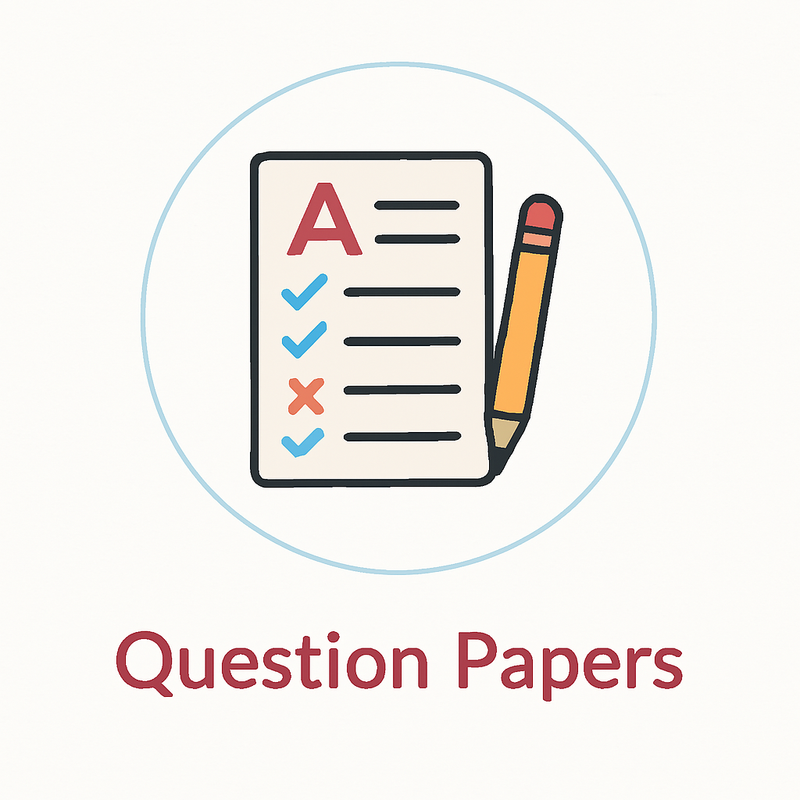1950 – Formation of Election Commission of India
The Election Commission of India was formed on 25 January 1950. It is an independent body under the Constitution of India. The first Chief Election Commissioner was Sukumar Sen. It manages free and fair elections for Parliament, State Assemblies, and President. National Voters’ Day is celebrated on 25 January every year.
At first, it had only one Chief Election Commissioner. Later, two Election Commissioners were added in 1989. It uses Electronic Voting Machines (EVM) in elections. It controls more than 90 crore voters today. The Commission’s headquarters is in New Delhi.
1951 – First Five Year Plan of India
India started its first Five Year Plan in 1951. It focused on agriculture, irrigation, and rural development. The plan period was 1951–1956. The main goal was to increase food production. About 2,069 crore rupees were spent during this plan.
The plan was successful as food grain production increased. Dams like Bhakra Nangal were started. Per capita income also improved. Planning Commission prepared this plan under Prime Minister Jawaharlal Nehru. It laid the foundation for India’s future growth.
1955 – Formation of State Bank of India (SBI)
The State Bank of India was formed on 1 July 1955. It took over the Imperial Bank of India. The Government of India held 60% of its shares. SBI became the largest public sector bank in India. It serves millions of customers across the country.
SBI has its headquarters in Mumbai. Today it has over 22,000 branches in India. It also works in more than 30 countries. It provides loans, savings accounts, and many banking services. SBI plays a big role in India’s economic growth.
1967 – Green Revolution in India
The Green Revolution began in India in the 1960s. It aimed to increase food production using high-yield seeds. It focused on wheat and rice production. Punjab, Haryana, and Uttar Pradesh led this movement. Dr. M. S. Swaminathan is called the Father of Green Revolution in India.
The use of fertilizers and irrigation increased. Food grain output rose from 82 million tonnes in 1960 to 131 million tonnes in 1978. India became self-sufficient in food. It reduced imports of wheat and rice. This changed India’s agriculture forever.
1970 – Birth of ISRO
The Indian Space Research Organisation (ISRO) was founded in 1969. It replaced INCOSPAR, started by Dr. Vikram Sarabhai. ISRO’s headquarters is in Bengaluru. It develops satellites and rockets for India. It works under the Department of Space.
ISRO launched its first satellite Aryabhata in 1975. Later, it sent Mangalyaan to Mars in 2013. It has made over 400 satellite launches. ISRO helps India in communication, weather, and navigation. It is one of the top space agencies in the world.
1988 – National Literacy Mission
The National Literacy Mission started in 1988. Its goal was to make adults able to read and write. It focused on people aged 15–35 years. At that time, India’s literacy rate was only about 52%. The mission taught basic reading, writing, and math.
Many Total Literacy Campaigns were run across districts. By 2001, India’s literacy rate reached 65%. The program helped women and rural people the most. It improved awareness about health and family welfare. It continues today under Saakshar Bharat.
1992 – Panchayati Raj Act
The 73rd Constitutional Amendment was passed in 1992. It gave legal status to Panchayati Raj Institutions. It came into effect on 24 April 1993. It created a three-tier system: Gram Panchayat, Block Samiti, and Zila Parishad. 33% seats were reserved for women.
Regular elections are held every 5 years. Panchayats work for local development like water, roads, and schools. There are over 2.5 lakh Panchayats in India. It made democracy reach the village level. 24 April is celebrated as National Panchayati Raj Day.
1993 – National Human Rights Commission (NHRC)
The NHRC was set up on 12 October 1993. It protects and promotes human rights in India. It is an independent body. The Chairperson is usually a retired Chief Justice of India. It looks into complaints of rights violations.
NHRC has powers like a civil court. It helps victims of police violence, bonded labor, and child rights issues. It gives recommendations to the government. NHRC has made India more aware of human rights. Its headquarters is in New Delhi.
2005 – Right to Information (RTI) Act
The RTI Act came into effect on 12 October 2005. It allows citizens to seek information from government offices. Every public authority must reply within 30 days. The Act increased government transparency. It has helped expose many scams.
Any citizen can file an RTI application with a small fee. If officers fail to reply, they face penalties. The Act made democracy stronger. Lakhs of RTIs are filed every year. It empowers people to ask questions from the government.
2009 – Right to Education (RTE) Act
The RTE Act was passed in 2009 and came into force on 1 April 2010. It gives free and compulsory education to children aged 6–14 years. It is a fundamental right under Article 21A. Private schools must reserve 25% seats for poor children.
The Act ensures proper infrastructure like toilets and classrooms. It bans physical punishment and screening tests. It improved enrollment in schools. Today India has over 90% enrollment rate in primary schools. It ensures education for all children.
2012 – Nirbhaya Act
The Nirbhaya Act is the Criminal Law (Amendment) Act, 2013. It was passed after the 2012 Delhi gang rape case. It made stricter punishments for crimes against women. Death penalty can be given in extreme rape cases. It also defined acid attacks and stalking as crimes.
Fast-track courts were set up for quick justice. The law increased minimum jail terms for sexual assault. It improved women’s safety laws. Nirbhaya Fund was created to support victims. This Act is a landmark step for women’s rights in India.


























No comments:
Post a Comment
Thank you